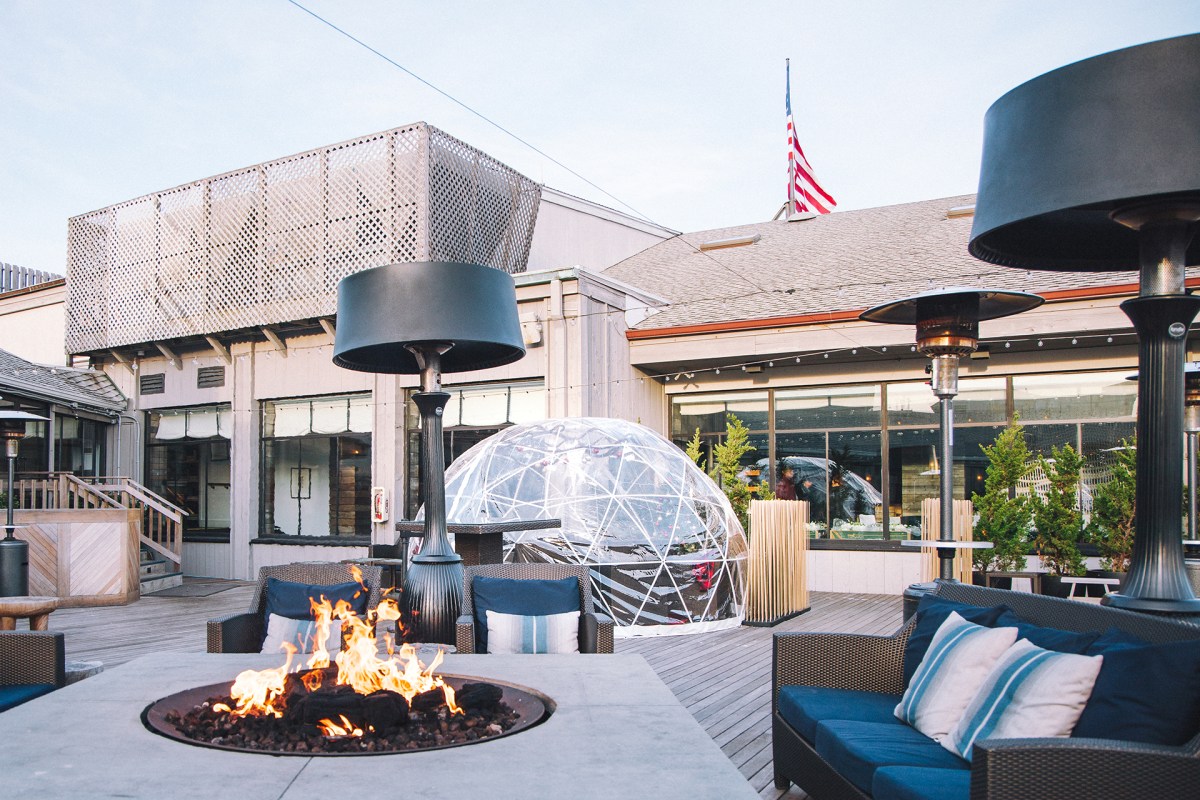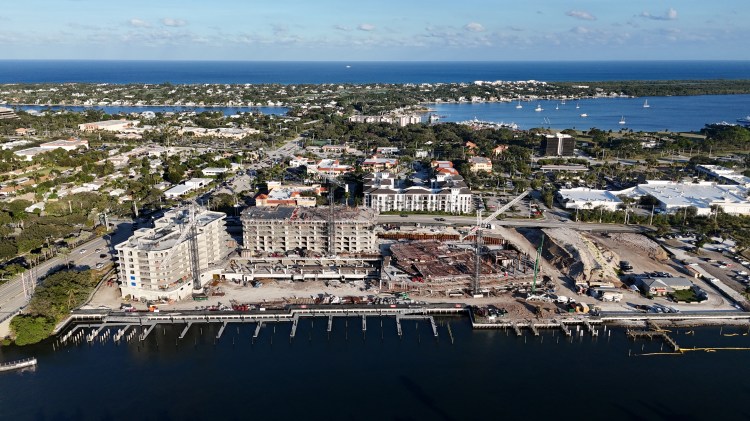The North Shore Land Alliance’s Long Island Water Education Program educates nearly 6,000 students
 The students in Mrs. Beasley’s fifth-grade science class at Ulysses Byas Elementary School in Roosevelt, filled plastic cups with layers of sand, clay and gravel to replicate the layers of Long Island’s underground aquifer. This interactive activity was part of the North Shore Land Alliance’s Long Island Water Education Program, which has educated nearly 6,000 students across Suffolk and Nassau counties since its inception in 2014 about the source of their drinking water (on Long Island: aquifers) and how land conservation protects Long Island’s water resources.
The students in Mrs. Beasley’s fifth-grade science class at Ulysses Byas Elementary School in Roosevelt, filled plastic cups with layers of sand, clay and gravel to replicate the layers of Long Island’s underground aquifer. This interactive activity was part of the North Shore Land Alliance’s Long Island Water Education Program, which has educated nearly 6,000 students across Suffolk and Nassau counties since its inception in 2014 about the source of their drinking water (on Long Island: aquifers) and how land conservation protects Long Island’s water resources.
“Long Island’s water is perhaps our community’s most precious and possibly most vulnerable resource,” said Lisa Ott, Land Alliance president and CEO. “We wanted to create a school program that educates the next generation about where their water comes from and what steps they can take to help protect it.”
The Long Island Water Education Program is taught by educator Karen Mossey to third through sixth grade students and is composed of two one-hour interactive classroom sessions followed by an optional field trip to the Land Alliance’s Shore Road Sanctuary in Cold Spring Harbor or nearby natural area. In the classroom sessions, students learn that Long Island’s drinking water comes from an underground aquifer made of sand, gravel and clay, which acts as both a water filtration and storage system. By building mini aquifer models in plastic cups, students are able to study precipitation and runoff by simulating rain on permeable (sand and gravel) and impermeable (clay) surfaces and experiment to see how recharge and contamination happen—the smiling faces of the students at Ulysses Byas turned pensive when they observed how a single drop of red food coloring, the “pollutant,” rapidly contaminated all the water in their aquifer models.
At Shore Road Sanctuary, students learn about coastal and grassland ecosystems and not only get to appreciate open space first hand but learn about the important connection between natural areas and Long Island’s drinking water.
“Less than 1 percent of the water on our planet is drinking water,” said Mossey. “It is important to teach kids about their drinking water because the best way to protect something is to learn about it.”
The Long Island Water Education Program is now offered in 16 schools, 13 of which have been added since the program launched five years ago. This year alone, the program will educate nearly 1,500 students in both public and private schools including Elizabeth M. Baker Elementary School in Great Neck, St. Patrick’s School in Huntington, Old Country Road Elementary School in Hicksville and the Lloyd Harbor Elementary School in Cold Spring Harbor.
To learn more about the Long Island Water Education Program, visit the North Shore Land Alliance website at www.northshorelandalliance.org or contact Jane Jackson at the Land Alliance at jjackson@northshorelandalliance.org or 516-922-1028.
To learn more about Long Island’s water and what you can do to protect it, join the North Shore Land Alliance panel discussion, The State of Long Island’s Water, on Wednesday, April 24. A 6 p.m. reception opens a 7 to 8:30 p.m. panel discussion. The adults only discussion will take place at the Burns Horticultural Center at Planting Fields Arboretum, located at 1395 Planting Fields Rd., Oyster Bay. This event is free and open to the public. Registration is required as space is limited. Register online at www.northshorelandalliance.org/events.
—Submitted by the North Shore Land Alliance






































